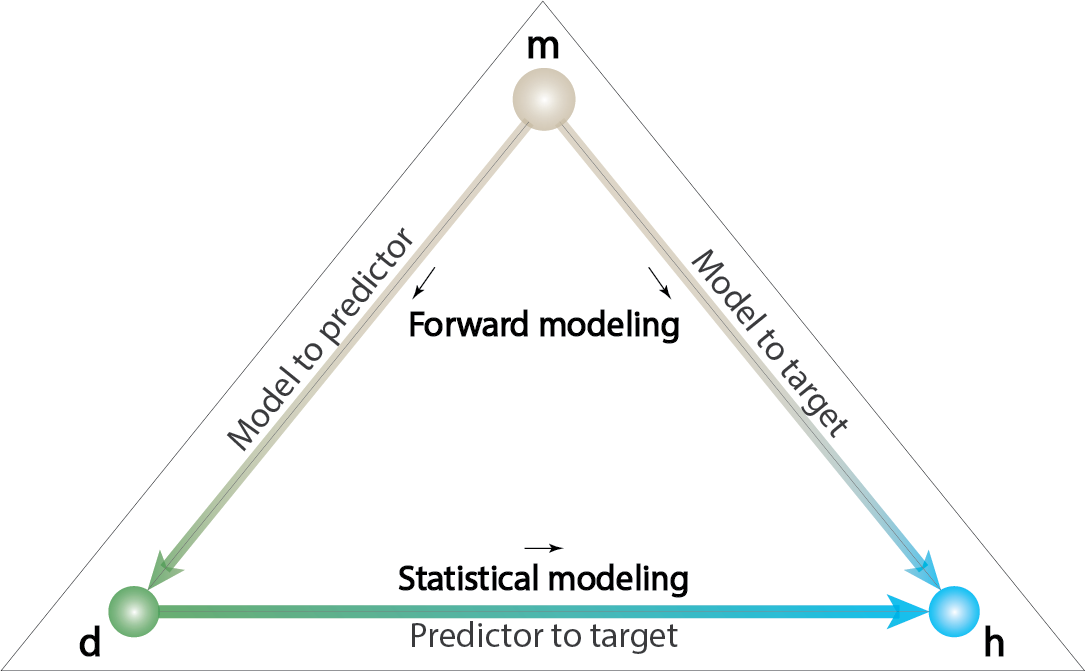A new framework for experimental design using Bayesian Evidential Learning: the case of wellhead protection area
In this contribution, we predict the wellhead protection area (WHPA, target), the shape and extent of which is influenced by the distribution of hydraulic conductivity (K), from a small number of tracing experiments (predictor). Our first objective is to make stochastic predictions of the WHPA within the Bayesian Evidential Learning (BEL) framework, which aims to find a direct relationship between predictor and target using machine learning. This relationship is learned from a small set of training models (400) sampled from the prior distribution of K. The associated 400 pairs of simulated predictors and targets are obtained through forward modelling. Newly collected field data can then be directly used to predict the approximate posterior distribution of the corresponding WHPA. The uncertainty range of the posterior WHPA distribution is affected by the number and position of data sources (injection wells). Our second objective is to extend BEL to identify the optimal design of data source locations that minimizes the posterior uncertainty of the WHPA. This can be done explicitly, without averaging or approximating because once trained, the BEL model allows the computation of the posterior uncertainty corresponding to any new input data. We use the Modified Hausdorff Distance and the Structural Similarity index metrics to estimate the posterior uncertainty range of the WHPA. Increasing the number of injection wells effectively reduces the derived posterior WHPA uncertainty. Our approach can also estimate which injection wells are more informative than others, as validated through a k-fold cross-validation procedure. Overall, the application of BEL to experimental design makes it possible to identify the data sources maximizing the information content of any measurement data.
PDF AbstractCode
Datasets
Introduced in the Paper:
 WHPA
WHPA


